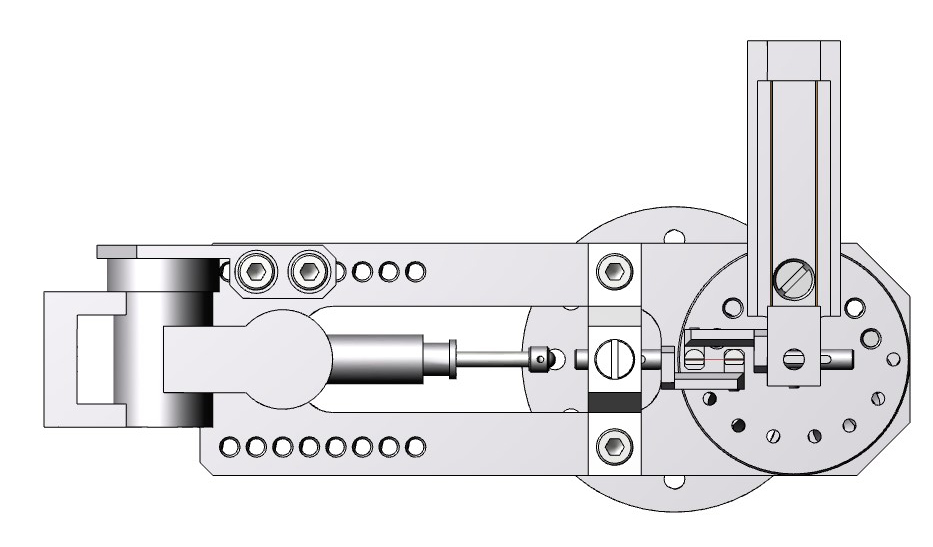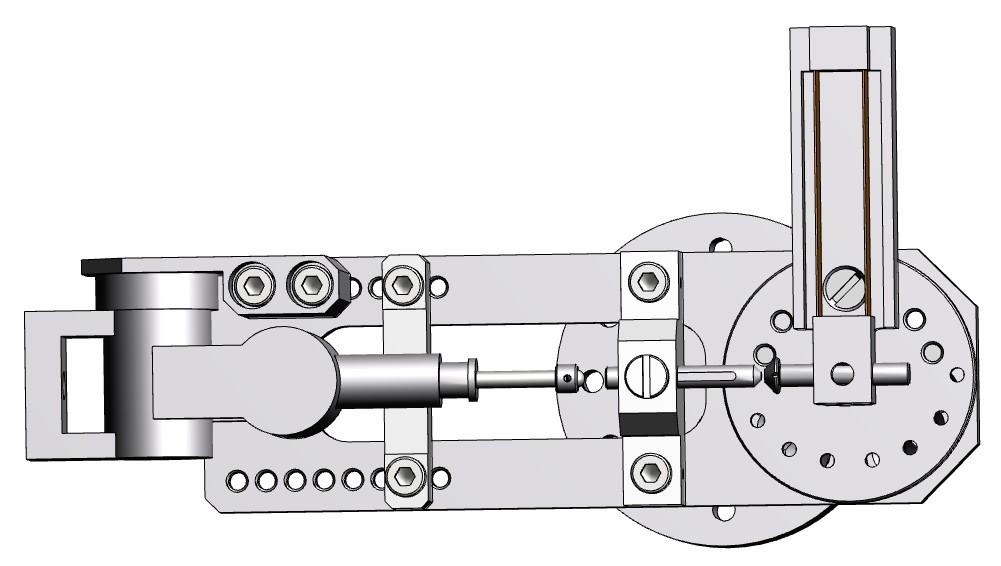The capability to perform an in-situ mechanical test under an electron microscope is important to understand the deformation mechanism and the relationship between the structure and properties of nano- to micro-sized materials.
Such a stage is commercially available, but it is usually costly and associated with the requirement of re-configurating the SEM detectors. At the EM unit, we have acquired the necessary parts to carry out a mechanical test from Kleindiek Nanotechnik GmbH, including a nano-manipulator and force sensors/load cells. However, it doesn’t mean using the parts to mechanically test a sample under an SEM is an easy task, especially for alignment. Since one always needs to perform several mechanical tests (usually 10), sample mounting and the alignment of the activator-sample-load cell become unbearably time-consuming. To facilitate in-situ mechanical tests under an SEM, we decided to integrate the nano-manipulator, the load cell, and sample clamps onto a frame to form a tester stage, which can be a plug-and-play accessory for the SEMs. Below is the design.

Figure 1. Top view of the schematic drawing of the push-to-pull tensile stage
As seen in Figure 1, in the integrated stage, the manipulator/activator and sample (demonstrated by the solid red line) and the load cell are aligned uniaxially. The whole stage can be plugged and secured on a standard SEM carousel/sample holder, like an SEM stub, and mounted on a high vacuum SEM or an ESEM. To avoid unnecessary clamping, a tensile test is performed in a push-to-pull fashion, where the pushing force is transferred to the fiber sample via the left arm. This stress then results in the deformation of the fiber and deflection of the pre-calibrated load cell, which can be observed and recorded by the SEM. Here is an example of a recorded video of the tensile test of a carbon fiber.
The load cells have 3 levels of load ranges, namely 10N/m, 100N/m and 1000N/m, which are suitable for a wide variety of samples with different shapes or mechanical properties. The stage can perform not only a tensile test but also the compression and 3-point bending test, with proper sample holders. For example, by just changing the tensile holders to two flat-headed pins (as shown in Figure 2), we can carry out a compression test.

Figure 2. The stage can be transformed to perform a compression test.
This mechanical stage can be adapted in material and life sciences to study mechanical properties, and it widens the service capability at our EM unit.

